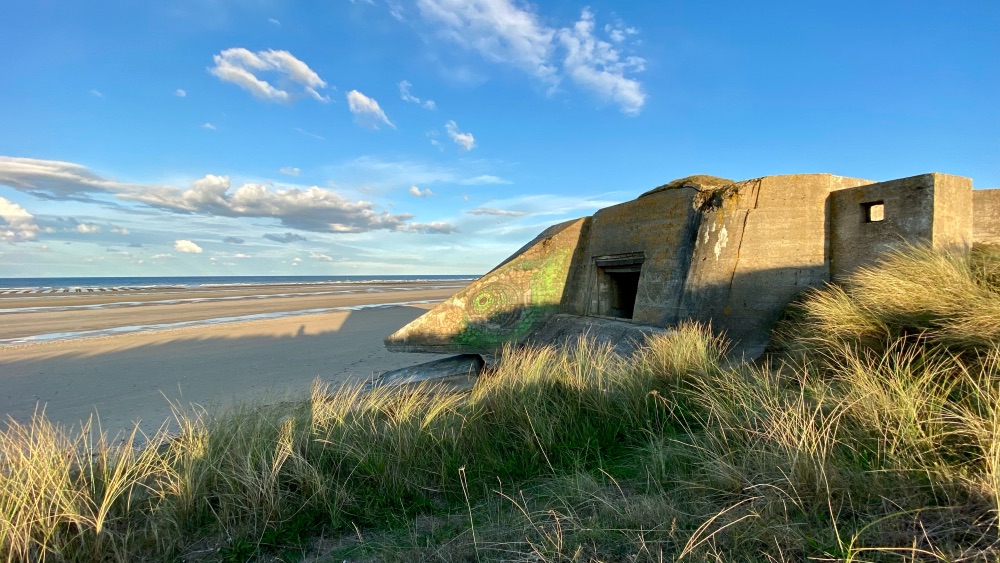As the commemorations of the 81st anniversary of the Normandy landings of June 6, 1944, are fast approaching, it is interesting to ask why the Allies chose Normandy for this amphibious operation, the largest in history.
The Allies had several options for creating a new front in Western Europe. The Pas-de-Calais region seemed the most logical choice. Located just a stone’s throw from the southern coast of England, it would facilitate troop transport and air protection. However, the Germans expected a landing on the northern coast of France, so the Atlantic Wall was very dense and heavily armed in this area.
Another option presented the northern coast of Brittany as an attractive location, but ultimately too far from England.
Finally, the most relevant option was Normandy. Its long, fine sandy beaches closely resemble those of the United Kingdom. This allowed Allied troops to train as closely as possible to the real conditions of D-Day. Moreover, to conduct operations across France, all the way to Berlin, the Allies needed deep-water ports to accommodate the heavy ships needed to unload hundreds of tons of equipment and thousands of men. In Normandy, two ports met this requirement: Le Havre and Cherbourg. Eisenhower therefore added a fifth beach to the initial Overlord plan, west of the Allied position: Utah Beach. The troops landing on this sector would aim to liberate this Cotentin port as quickly as possible. Finally, Normandy was the sector where the Germans least expected a large-scale landing.
The date was therefore set for June 5, 1944. Bad weather along the Normandy coast changed the plans. The landing was postponed to June 6, 1944, as a lull was expected. Eisenhower thus launched Operation Overlord with the words “Okay. Let’s go!”

